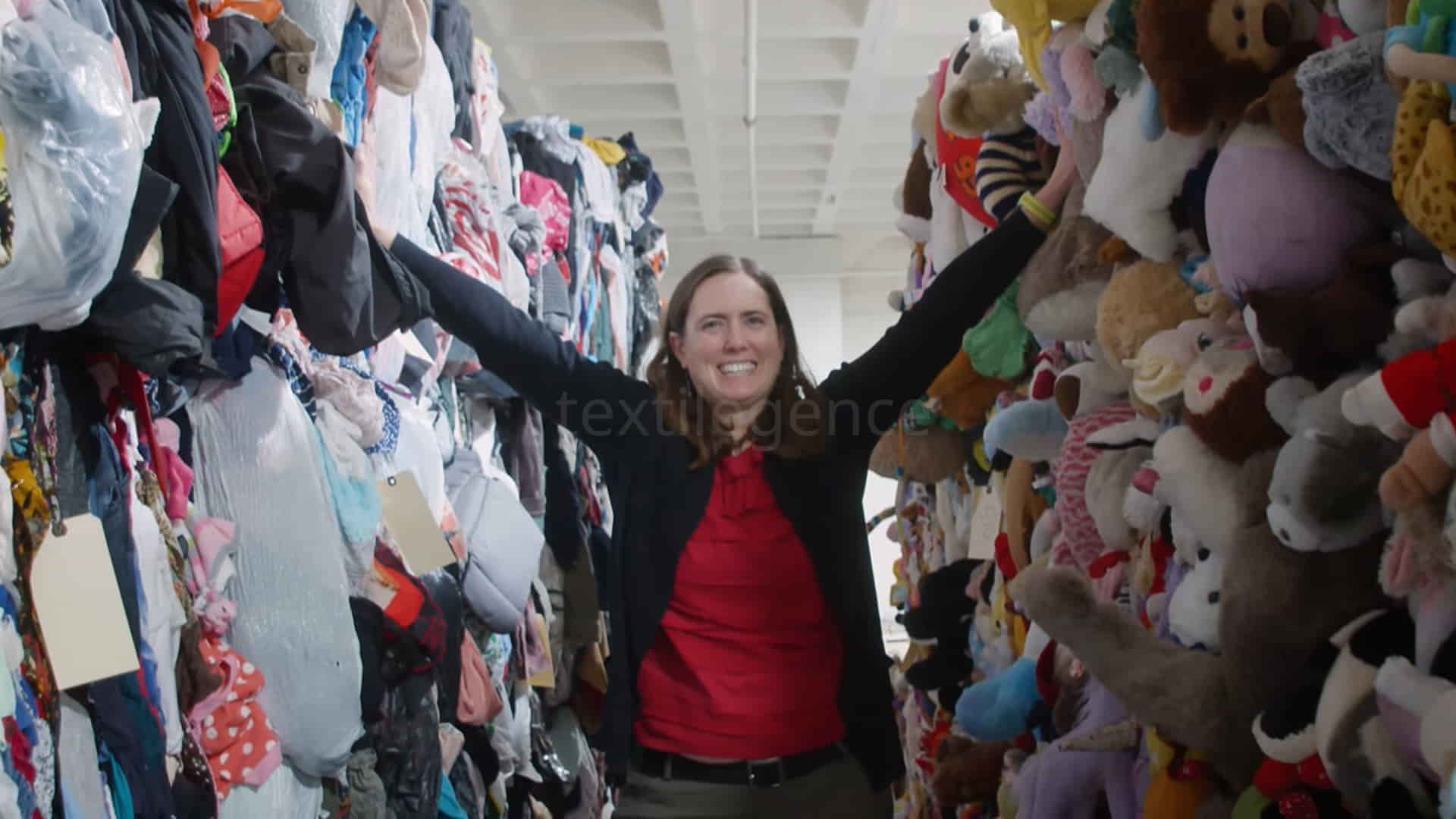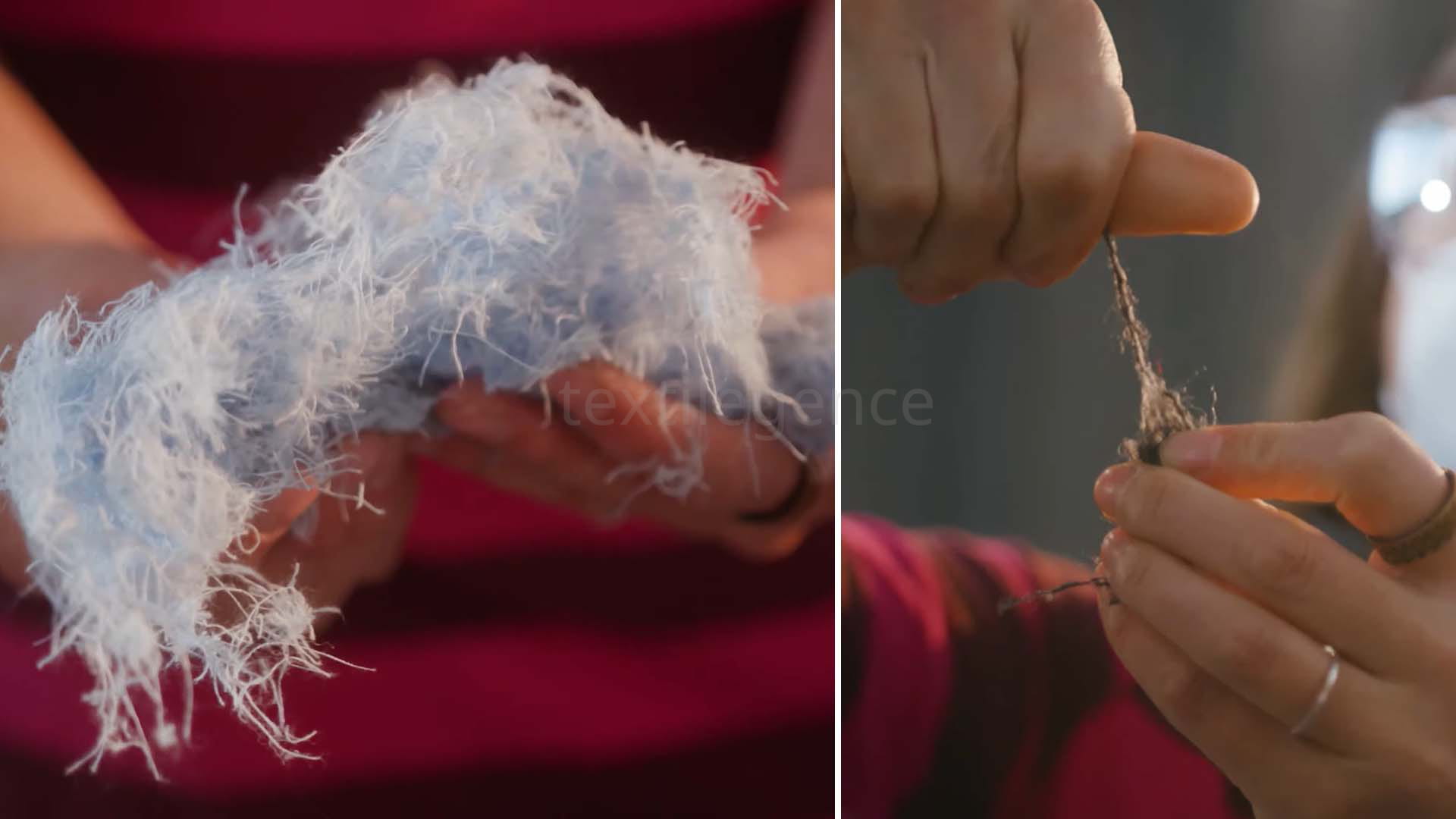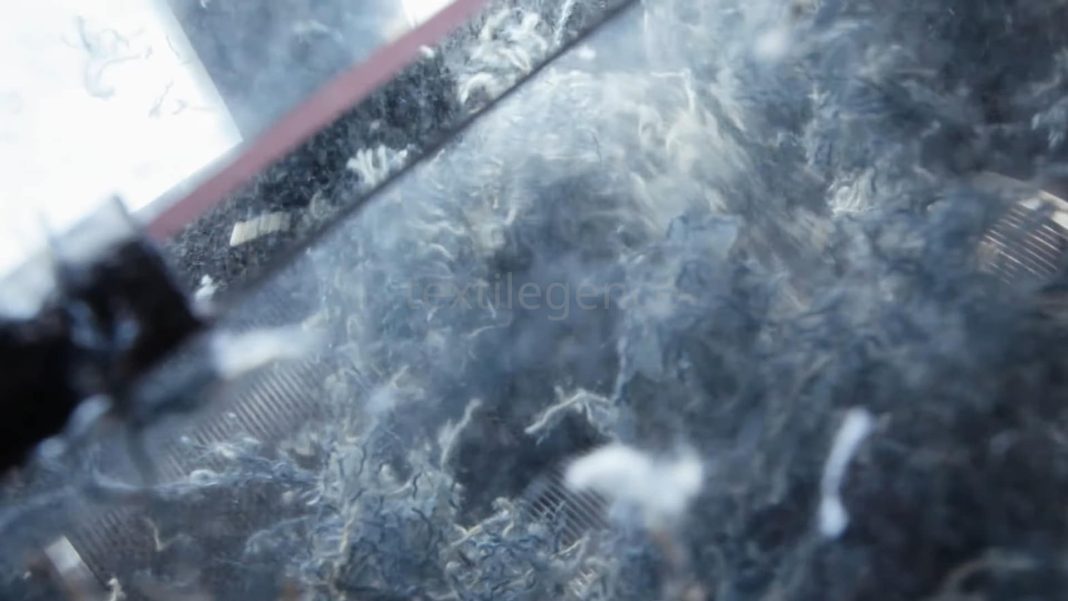Textile waste is one of the major problems in the world agenda, considering 92 million tons of textiles are discarded globally each year. A hopeful solution to it came from the University of Minnesota Duluth (UMD). UMD Associate Professor of Mechanical and Industrial Engineering Abbie Clarke-Sather, PhD, and her team announced that they have created a new way to make textiles more recyclable.
Clarke-Sather has worked in Civil and Environmental Engineering as well as Fashion and Apparel Studies. As a result of this fusion, the idea to address sustainability issues in the fashion industry was sparked. After all, the team succeeded in shredding existing textiles back down to fibers in 90 seconds with their innovative device, Fiber Shredder.

Many consumers do not want their extra textiles to end up in the landfill, so they choose to donate them instead of throwing them in the garbage. Organizations like True North Goodwill receive those donations, and, while they sort and resell what they can, ultimately there are more textiles than they can deal with. So Clarke-Sather is partnering with True North Goodwill to innovate ways to handle surplus textiles, improving sustainability while also getting more value from those unwanted materials.
An effective and rapid solution to textile waste
Over the past six years, Clarke-Sather has been developing a new recycling machine, unlike anything else in use today. It is something she and graduate student Paulo Alves call the Fiber Shredder, patent pending. The device shreds existing textiles back down to fibers in 90 seconds. Unlike similar machines already on the market that cut fibers, the Fiber Shredder pulls them apart, keeping them longer and therefore easier to re-spin back into yarns and other materials.

The new device can make a real difference in that 92 million tons of discarded textiles
Now that she and her team have a working prototype, Clarke-Sather hopes to scale it up for commercial use. She states that her goal is to see the machine in every Goodwill and thrift store across the country, even in municipalities’ recycling programs and sustainability conscious clothing brands that want to better handle their own waste. By helping to close the loop on a circular economy, she sees the potential for her research to make a real difference in that 92 million ton problem.
“My advice to researchers and students that want to make an impact on the world is to start looking around,” said Clarke-Sather and added: “There are so many problems. Just pick one and try to figure out a solution.”
